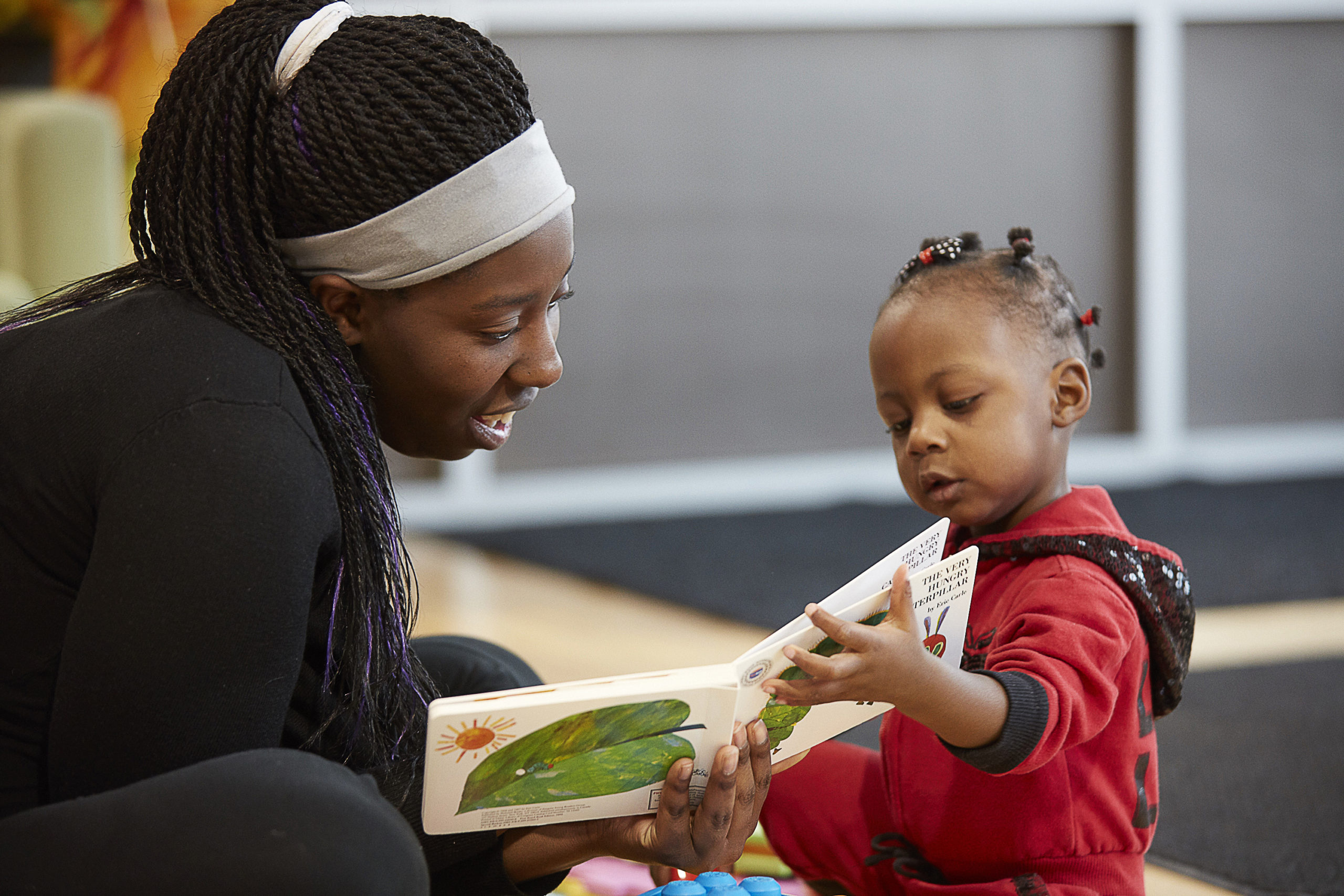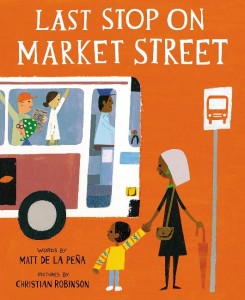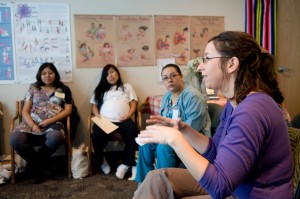With President Obama’s recent announcement to invest $750 million in preschool and childcare programs across the country, early learning is front and center, bringing home visiting into the national spotlight. Most of us, however, don’t directly participate in home visiting, leaving questions of what all it entails and why it is so effective. Today, we invite you to step inside a home visit with a Way to Grow family.
On a cold December night as most of Minneapolis is rushing home from work, Marie has just arrived at a small apartment building hidden away behind the busy streets of one of the city’s “hippest” neighborhoods. Though greeted cheerfully at the door like an old family friend, there’s much more to this visit as told by the bulk of Marie’s tote. Kevin, a kindergartner at Windom, and his parents were one of Marie’s first families when she started with Way to Grow two years ago. As first generation Ecuadorian immigrants, parents Sophia and Marcos count on Marie to bridge the language and cultural gaps between home, school, and the community.
Following a warm and lively welcome, we were embraced by the enticing aroma of dinner being cooked by Sophia. Everyone filed into the living room that doubles as the family’s bedroom and sat cross-legged on the floor. Marie jumps into lesson mode as an adult friend of the family nonchalantly joins in, taking a spot on the neatly made bed.
The family watches Marie pull the small, lined dry-erase board out of her bag and Kevin springs up to find the marker she had left behind at their last visit. “I only have a couple, so take good care of it and make sure you use it,” Marie had instructed. Kevin impressively had safely kept it and proudly handed it off after writing his name on the board.
Following several fun learning activities, Marie gives dad and Kevin sight-word bingo cards, keeping one for herself. Two months ago, Kevin recognized just two out of 100 English sight-words. Today, he recognizes at least 30 more with confidence. “Kevin is doing so well, have you been practicing?!” Marie asks Marcos. “Si!” he exclaims as Kevin continues to draw and read aloud sight-words from the bag. About halfway through the game, Kevin had memorized the words remaining on all three bingo cards demonstrating a high level of engagement and enthusiasm for learning.
Joining us from the kitchen, Sophia brought a certificate Kevin had received at school. “It’s for perfect attendance! Kevin did not miss any days of school!” Marie celebrated this success with the family, and congratulated a beaming Kevin and proud parents. Marie then handed Sophia a stack of books in Spanish, appropriate for Kevin’s reading level. She encourages the parents to read with Kevin and his younger brother, Jack.
Exchanging gratitude and salutations, it’s clear that relationships are the driving force behind successful home visits.
“Kevin has come a long way in his learning over the past two years, as have his parents,” Marie tells me outside, “They will always hold a special place in my heart.” Last year, Kevin was among the 88% of Way to Grow kids deemed ready for kindergarten. Marie, passionate about the work she is doing, heads off to the next home visit.
SightWords.com is packed with free games and tools to help parents and educators teach sight words to kids. To access some of the games and tools used by Way to Grow during Home Visits, please visit www.sightwords.com/sight-words/games.




 Green Is a Pepper: A Book of Colors
Green Is a Pepper: A Book of Colors

 Once Upon an Alphabet
Once Upon an Alphabet Ramadan Moon
Ramadan Moon Though today, the rate of Hmong women accessing prenatal care has improved, we continue to see African American, Native American, and Latino populations remain in need of greater prenatal attention. Both Latino and Native American populations in Minnesota, for instance, have a teen birthrate that is more than three times higher than that of white teens.
Though today, the rate of Hmong women accessing prenatal care has improved, we continue to see African American, Native American, and Latino populations remain in need of greater prenatal attention. Both Latino and Native American populations in Minnesota, for instance, have a teen birthrate that is more than three times higher than that of white teens. “Way to Grow recognizes that the earlier support is provided to families, the more successful the intervention,” Dr. Ed Ehlinger, Health Commissioner of the Minnesota Department of Health says. “Way to Grow was built on proven interventions that have promoted and maintained health, making them a wonderful resource for families and communities in creating opportunities and promoting healthy children in Minneapolis.”
“Way to Grow recognizes that the earlier support is provided to families, the more successful the intervention,” Dr. Ed Ehlinger, Health Commissioner of the Minnesota Department of Health says. “Way to Grow was built on proven interventions that have promoted and maintained health, making them a wonderful resource for families and communities in creating opportunities and promoting healthy children in Minneapolis.”